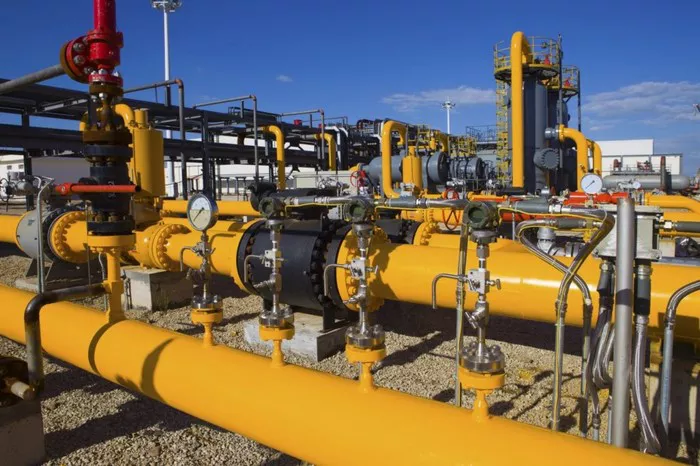U.S. President Donald Trump on Tuesday approved additional relief for domestic automakers from the 25% tariff on cars and auto parts he initiated less than a month ago, saying it would help the auto industry move more production back to the United States.
Trump’s latest order marks the latest softening of his multi-layered tariff attack on trading partners as he seeks to negotiate lower trade barriers to U.S. exports from other countries.
Earlier this month, the Trump administration at least temporarily exempted smartphones, computers and other electronics made primarily in China from triple-digit tariffs.
Here’s what Trump’s latest announcement and executive order on auto tariffs says.
Ending auto tariff ‘stacking’
Trump has ordered that cars and auto parts subject to his new 25% auto tariffs under Section 232 will no longer be subject to other 25% tariffs he has imposed on steel and aluminum or on Canadian and Mexican goods tied to the U.S. fentanyl crisis.
But the order states that other tariffs still apply, including Trump’s 145% tariffs on Chinese goods and the long-standing 2.5% “most favored nation” tariff rate on auto imports.
U.S. Auto Assembly Credit
The Trump administration will also provide automakers with a tax credit equal to 3.75% of the total MSRP of all vehicles assembled in the U.S. between April 3, 2025 and April 30, 2026, for an equal amount of duty-free parts imports—excluding China.
For every $50,000 vehicle produced in the U.S., automakers will be able to import $1,875 worth of parts duty-free.
The auto credit will drop to 2.5% in the second year, ending April 30, 2027, and will disappear completely thereafter to encourage automakers to move parts production back to the U.S.
These percentages reflect the tariff that would be paid if a 25% tariff were imposed on 15% of the value of U.S.-assembled vehicles in the first year and a 15% tariff on 10% in the second year.
Vehicles assembled in Canada and Mexico are not eligible for this credit.
Rationale
Trump’s order says the revised tariffs “will more rapidly reduce dependence on foreign motor vehicle and auto parts manufacturing and imports, (and) strengthen the U.S. auto assembly business by encouraging companies to expand domestic production capabilities.”
This is critical from a national security perspective, it says, because it will allow U.S. automakers to conduct more automotive research and development, developing “cutting-edge technologies that are critical to the U.S. defense industrial base and military advantage.”
Related topics:
































